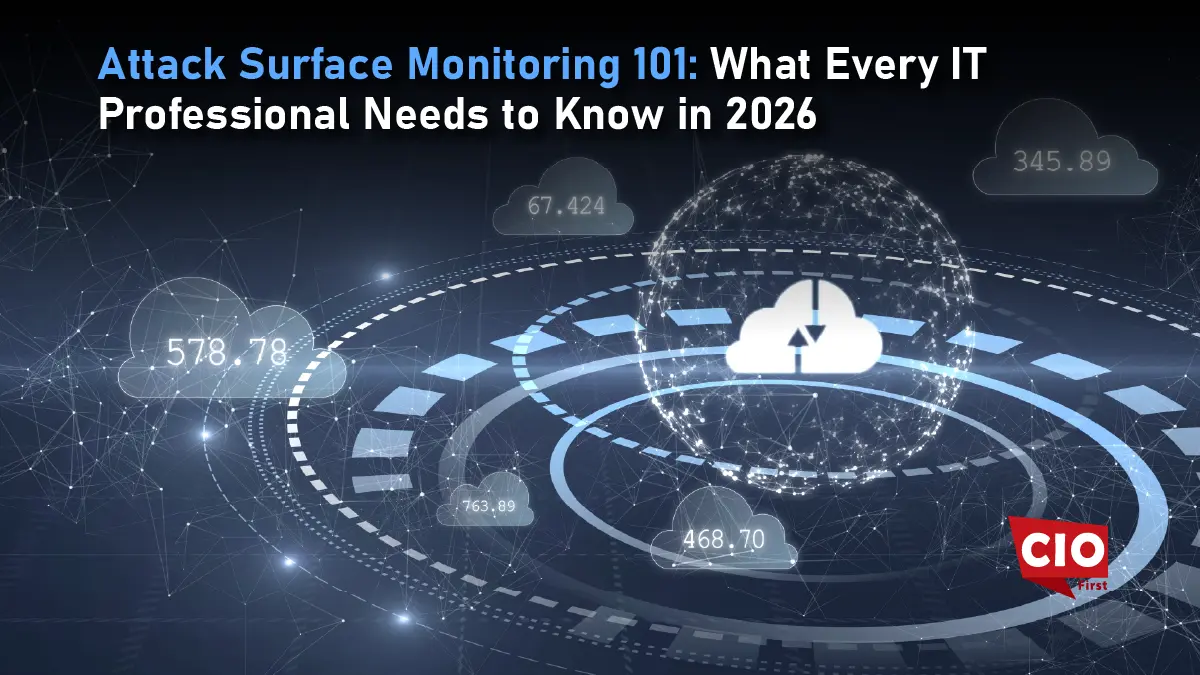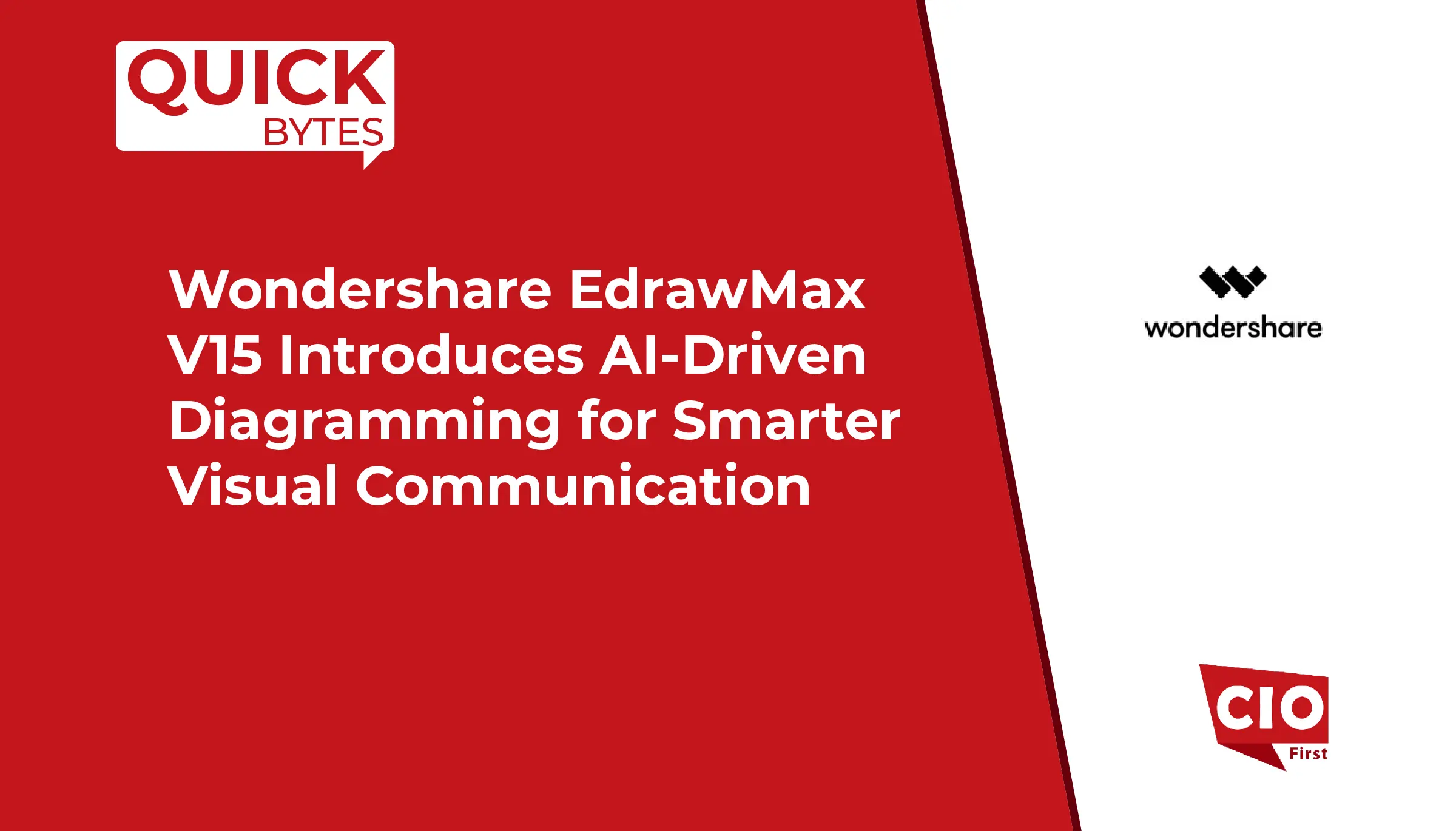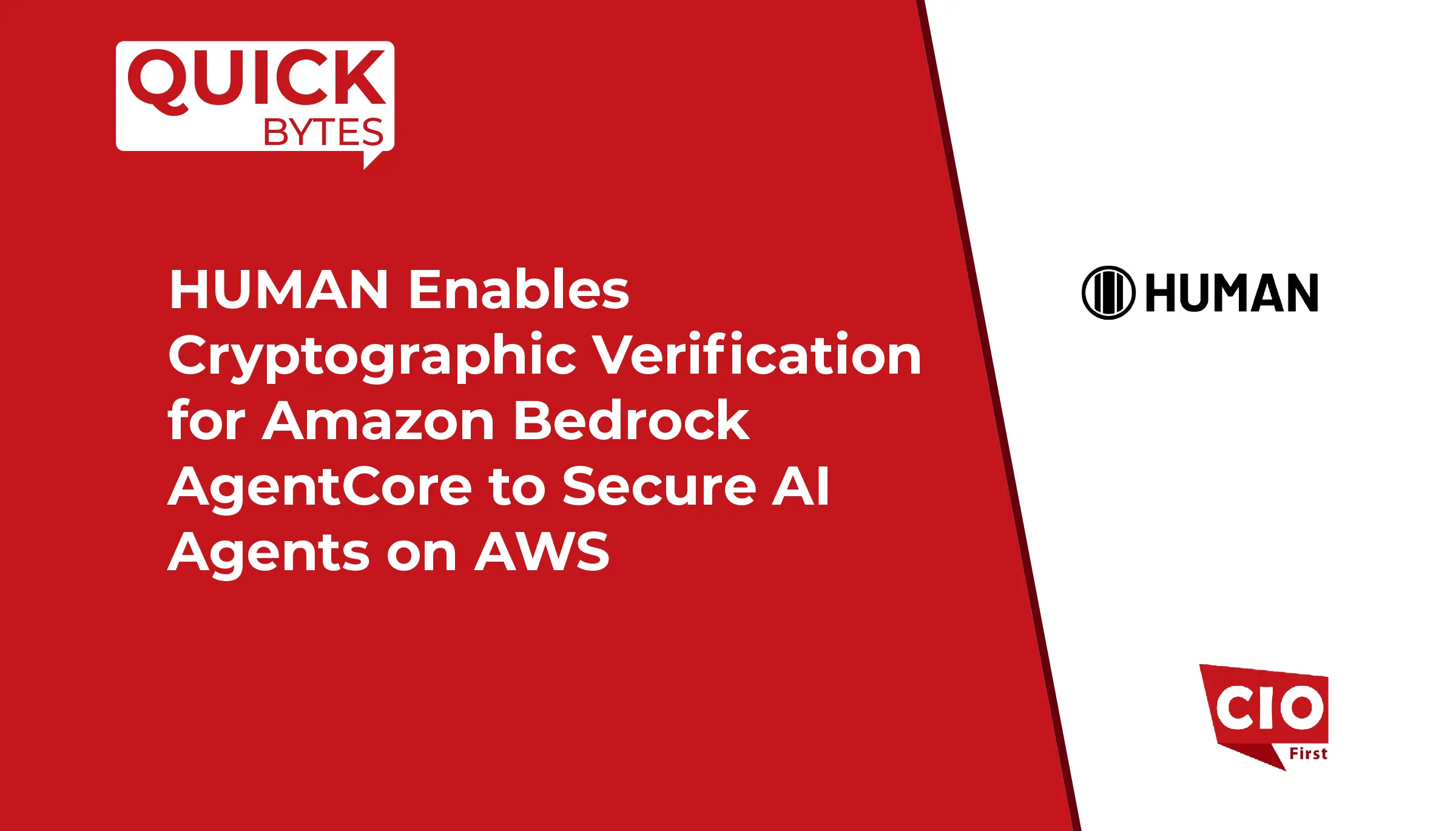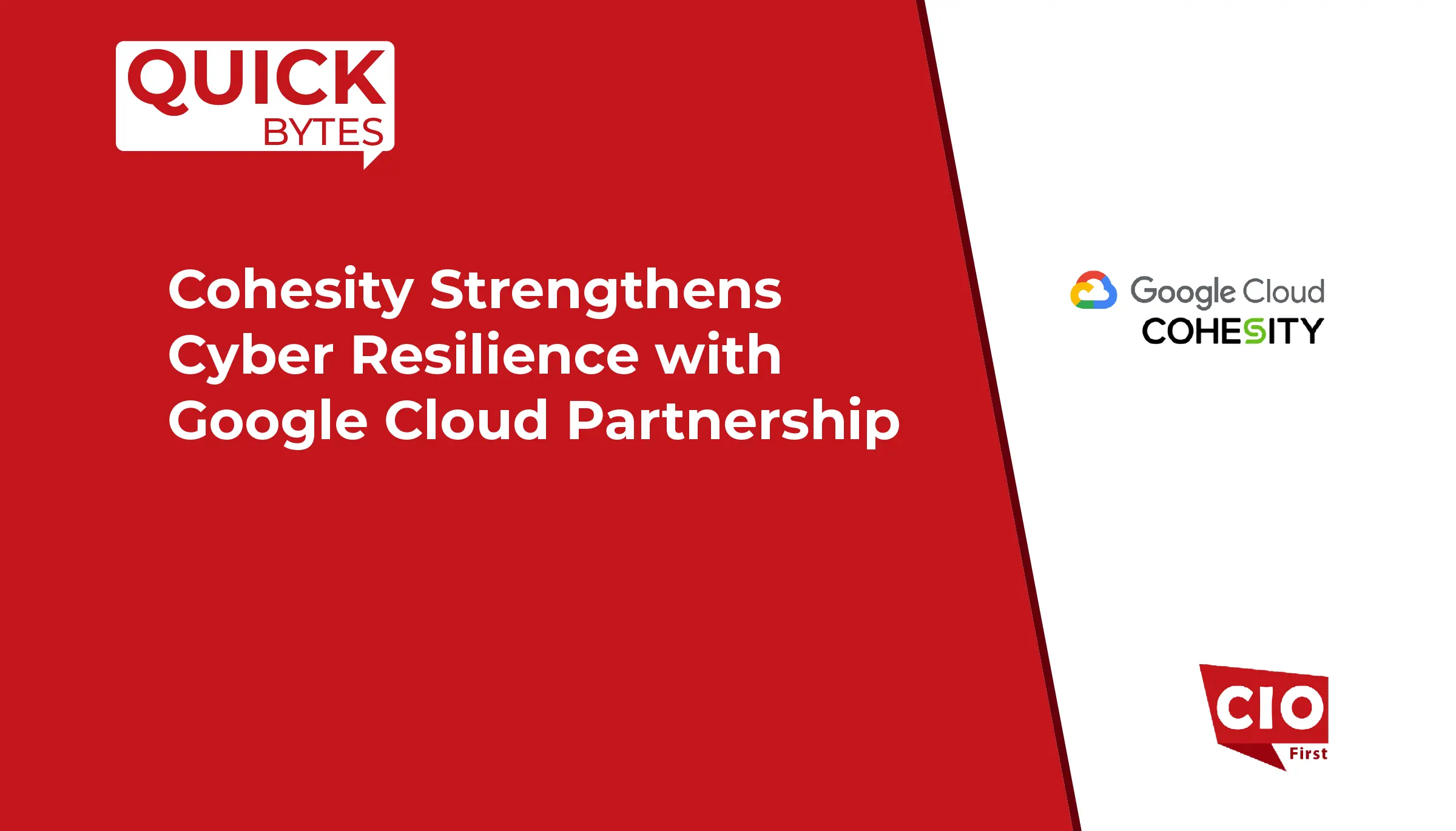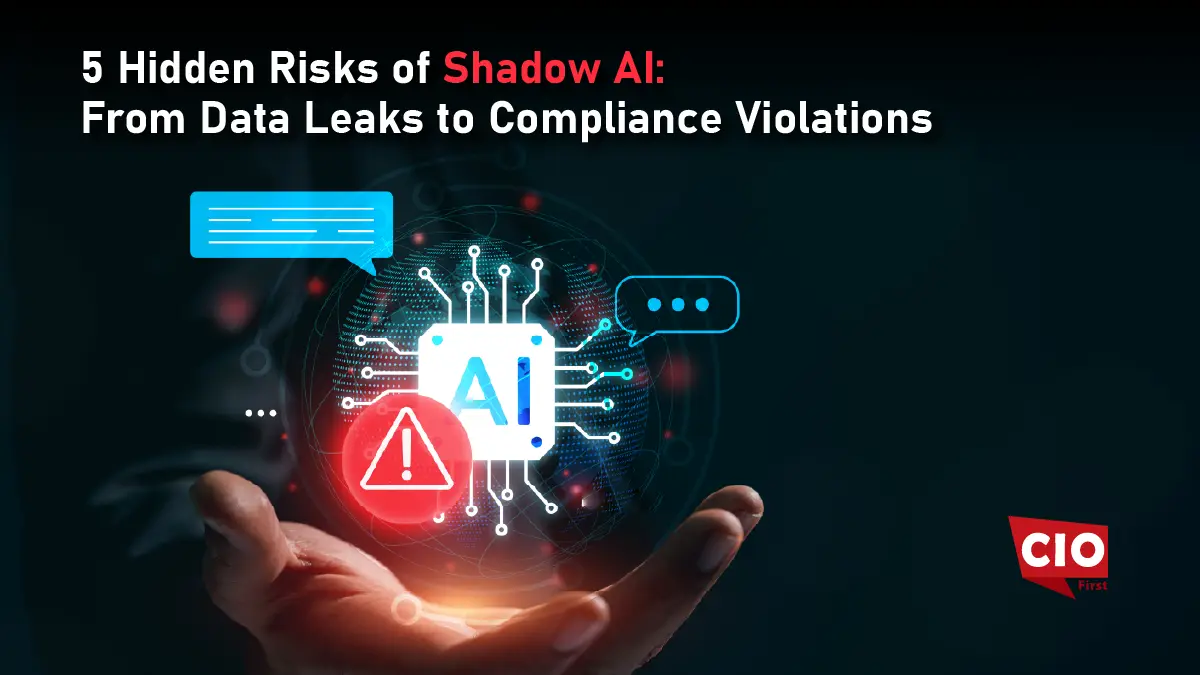The rise of generative AI has led to experimentation across the business. Employees are using AI tools to automate tasks without IT oversight. This unauthorized or unmonitored use of AI (Shadow AI) is creating new risk surfaces that CISOs can’t ignore. These risks are hidden, fast-moving, and outside existing security controls.
This article outlines five critical risks posed by Shadow AI and offers actionable recommendations to contain exposure, ensure compliance, and maintain visibility across the enterprise AI landscape.
1. Unintentional Data Exposure in Prompt Inputs
One of the most immediate risks comes from how employees interact with large language models. Sensitive customer information, proprietary source code, and internal documents are often included in prompts without awareness of data retention policies. Public AI services may log these prompts, making them susceptible to breach, misuse, or unintentional reuse.
CISOs must assume that every unapproved AI prompt could become an external data disclosure. Unlike structured systems with clear access controls, Shadow AI tools process inputs outside enterprise boundaries. Even if the tool appears benign, its backend infrastructure may not meet corporate security requirements.
Action: Implement browser-level data loss prevention (DLP) rules, educate teams on prompt risks, and restrict access to AI tools that lack enterprise-grade safeguards.
In April 2025, Cyberhaven launched Visibility and Protection for AI. The tool allows you to detect AI prompts, block data exfiltration and enforce policy across unmanaged AI tools, exactly the risks of prompt-based data leakage.
2. Bypassing Access Controls and Policy Enforcement
Shadow AI often operates beyond sanctioned application environments, which means identity and access management (IAM) protocols are bypassed. Employees using unauthorized AI tools can effectively circumvent role-based access restrictions by copying sensitive content into external systems.
This creates a significant risk for regulated industries where granular access control is mandatory. When outputs are used in downstream decisions such as customer communications or contract drafts, there is no audit trail verifying who authorized the use of which data.
Action: Extend visibility into AI usage through endpoint monitoring and proxy logs. Integrate AI-specific controls into IAM policies, ensuring tool access aligns with user roles and risk profiles.
3. Model Drift and Output Integrity Concerns
Unlike traditional software, generative AI models evolve over time as they receive updates or retrain on new data. This introduces a unique risk called model drift that can impact the consistency and trustworthiness of outputs used in business-critical processes. Shadow AI tools lack transparency into how models change, making it impossible to track versioning or evaluate historical decisions.
If a marketing team uses a model for brand messaging one month and gets a different tone the next, the issue may go unnoticed. If a legal team generates contract clauses that change subtly due to backend updates, the risk becomes more serious. In both cases, accountability is difficult to establish.
Action: Mandate the use of approved AI platforms with clear version control, output logs, and auditability. Disallow unofficial tools in use cases tied to customer-facing or compliance-sensitive outputs.
Also Read: The CTO’s Dilemma: Scaling Innovation Without Losing Sight of SaaS Governance
4. Inconsistent Legal and IP Protections
Many AI tools used in shadow workflows have vague or changing terms of service. Employees may unknowingly agree to terms that expose corporate data to third-party training, remove IP protections or transfer usage rights. This leaves the company open to legal claims or loss of proprietary content.
More AI vendors means more contract complexity. Without central oversight, legal teams can’t determine if providers meet corporate requirements for confidentiality, data handling and liability.
Action: Centralize AI vendor evaluation through legal and procurement. Create AI-specific clauses in all third-party contracts for IP rights, data usage and liability frameworks.
5. Fragmented Compliance Posture Across Teams
Shadow AI breaks compliance programs by introducing unapproved tools outside of approved data flows. This is especially problematic for companies under GDPR, HIPAA or PCI-DSS where data processing activities must be documented, justified and controlled.
When one team uses AI to process PII without proper disclosures or impact assessments the entire compliance posture is weakened. Auditors will flag this as a governance failure even if it was an accident.
Action: Include AI in data protection impact assessments (DPIAs) and regularly scan environments for unauthorized tools. Build compliance guardrails into digital workspaces to prevent AI-related violations.
Building a Governance Framework for Shadow AI

To contain Shadow AI, CISOs must move beyond point controls and have an enterprise wide governance framework. This framework should not restrict AI adoption but guide it within secure, compliant and transparent boundaries.
The foundation of this approach is visibility. CISOs need real time intelligence on which AI tools are being used, who is using them and for what purpose. This requires coordination across IT, security, compliance and line of business functions. It also means defining what constitutes ‘authorized’ use based on context and risk level.
Governance must be proportionate. An AI use case generating internal marketing drafts has different risk than one processing customer PII or automating legal documentation. Assigning use cases to defined risk tiers (low, moderate, high) helps prioritize oversight without adding unnecessary friction.
Creating an AI Use Policy
A governance strategy starts with an enterprise wide AI use policy. This should cover:
- Approved AI platforms and vendors
- Guidelines for safe prompt usage
- Prohibited use cases (e.g. contract generation, customer PII submission)
- Data classification rules
- Escalation procedures for AI output errors or misuses
This policy must be accessible, easy to read and updated regularly as tools evolve. Just like we formalized cloud adoption guidelines a decade ago, we must do the same for generative AI.
Training is key. Employees must be aware of the risks associated with unauthorized AI use, how to use approved platforms and when to report policy violations. Without clear training, even the best policies fail to achieve meaningful control.
Role of Security Architecture and Tooling

Enterprise security teams can enhance Shadow AI governance by integrating AI-specific controls into existing security architecture. This includes:
- CASB and DLP integration: Flag and block unauthorized AI endpoints or sensitive data exfiltration via prompts.
- Browser extension management: Prevent access to high-risk AI sites through corporate browsers.
- API-level controls: Restrict unauthorized AI tool access to internal APIs and systems.
In May 2025, ManageEngine introduced AI-powered enhancements to its PAM360 platform for privileged access management, with new features like AI-generated least-privilege policy recommendations and automated remediation of shadow admin risks. This reflects how vendors are embedding AI governance directly into core security platforms.
AI activity monitoring should be embedded into threat detection workflows. Unusual data flows to known AI services, excessive prompt submissions, or abnormal usage spikes can serve as indicators of risk exposure. These should be treated with the same urgency as shadow cloud instances or unsanctioned SaaS usage.
Shadow AI Oversight in Context of Broader Risk Management
Shadow AI is not a standalone problem. It intersects with third-party risk, insider risk, data governance and digital ethics. CISOs must treat it as part of broader enterprise risk management (ERM) frameworks.
This means:
- Including Shadow AI risks in board-level risk reporting
- Mapping AI-related exposures to regulatory requirements (e.g. data residency, consent, explainability)
- Including AI in internal audit scopes
- Working with compliance and legal to review model governance and tool usage across departments
This holistic approach ensures AI risk doesn’t just sit with the security team but is shared accountability across the organization.
Conclusion
Shadow AI is a new generation of unmanaged digital risk that is faster, less visible and harder to contain with traditional controls. CISOs must act now to address this growing threat vector by combining policy, tooling and cross-functional governance.
By applying risk-tiered controls, increasing employee awareness and embedding oversight into existing security architecture, enterprises can enable responsible AI experimentation without compromising data protection, legal compliance or operational integrity. It’s not about restricting AI but creating the conditions where it can be used safely, at scale and in line with enterprise security goals.













